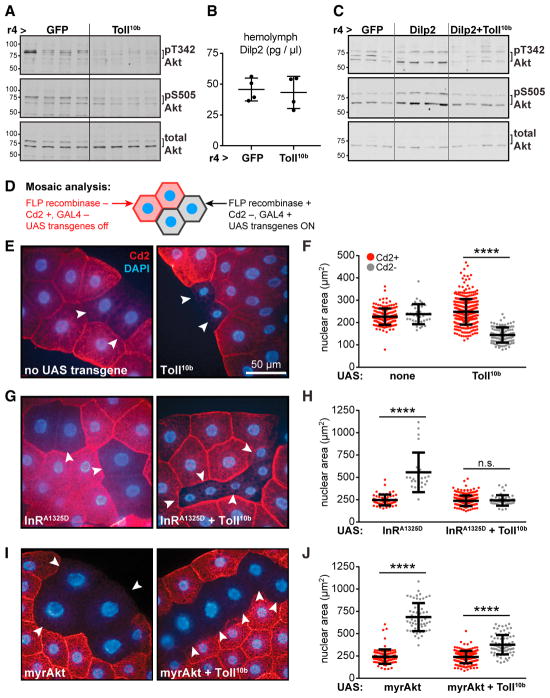Figure 1. Toll Signaling Blocks Insulin Signaling in a Cell-Autonomous Manner.
(A) Western blot analysis of phosphorylated (pT342 and pS505) and total Akt in fat bodies, n = 4/group (gp).
(B) Hemolymph Dilp2 levels in mid-third-instar larvae, n = 4/gp.
(C) Western blot analysis of pT342, pS505, and total Akt in whole larvae, n = 3–4/gp.
(D) Mosaic analysis using the FLP; Act5c > Cd2 > GAL4 system.
(E–J) (E), (G), and (I): micrographs of fat bodies containing WT, Cd2+, GAL4− cells (red) and transgene-expressing, Cd2−, GAL4+ cells (arrowheads). Nuclei are stained with DAPI (blue). Scale bar, 50 μm. (F), (H), and (J): nuclear area in Cd2+, GAL4− (red), and Cd2−, GAL4+ (gray) cells. ****p < 0.0001 versus Cd2+. UAS-transgenes expressed in Cd2−, GAL4+ cells are as follows: (E and F) left, no transgene (Cd2+, n = 169; Cd2−, n = 36), and right, Toll10b (Cd2+, n = 368; Cd2−, n = 108); (G and H) left, InRA1325D (Cd2+, n = 56; Cd2−, n = 22), and right, InRA1325D + Toll10b (Cd2+, n = 246; Cd2−, n = 45); (I and J) left, myrAkt (Cd2+, n = 100; Cd2−, n = 57), and right, myrAkt + Toll10b (Cd2+, n = 176; Cd2−, n = 81). Data are presented as mean ± SD. See also Table S1 and Figures S1 and S2.

